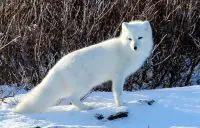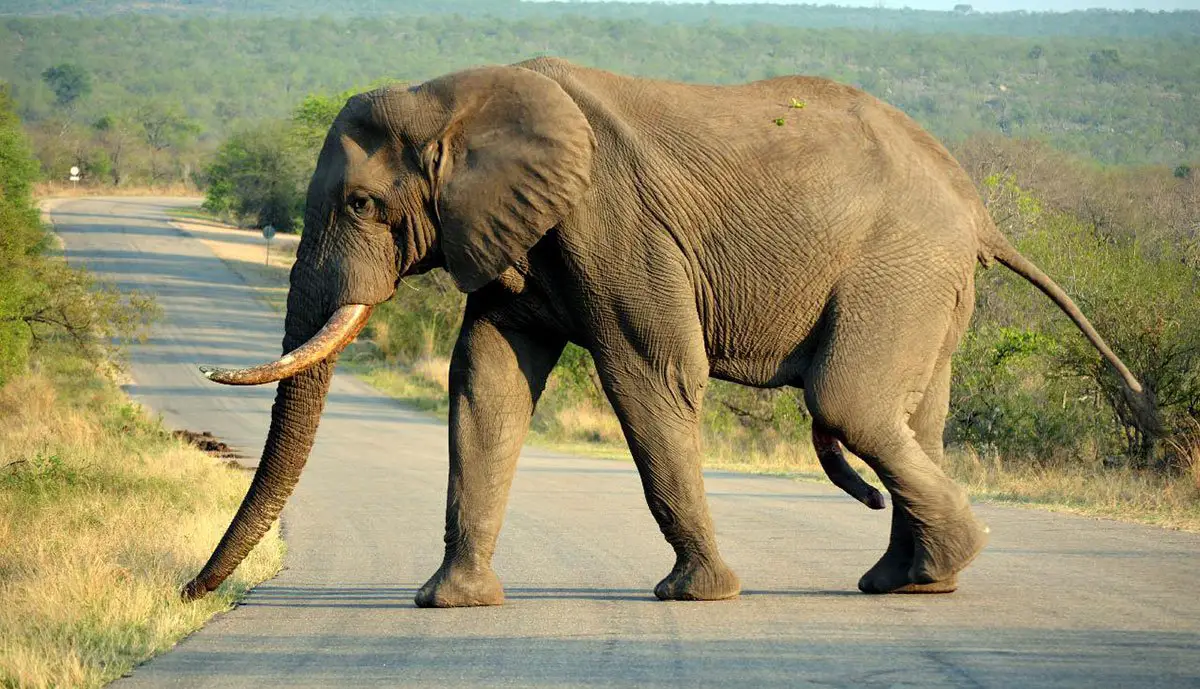Arctic fox facts for kids is a collection of some of the most fascinating and interesting facts about Arctic fox. The Arctic fox (Vulpes lagopus) lives in the Northern Hemisphere—Arctic. It has adapted to living in extreme cold. The fox is covered with dense white fur which serves as insulators. Arctic fox is also called white fox, snow fox, and polar fox. There are four subspecies of arctic fox.
Arctic Fox Facts for Kids
While the arctic fox has an absolute white coat with vibrant hair colors, it turns to grey-brown as the season changes. The summer coat equally provides a perfect camouflage so that it blends into the tundra’s rocks.
Adult males reach an overall length of 46 to 68 cm while the females average 41 to 55 cm in head-body length. They have 30-cm long tail. Arctic foxes stand 25 – 30 cm high at the shoulder. Males weigh as much as 7.1 to 20.7 pounds whereas females averaging 3.1 to 7.1 pounds.
Arctic fox es are found throughout the Arctic including Bering Sea, Barents Sea, Hudson Bay, Svalbard, Alaska, Canada, Iceland, and North Atlantic.
es are found throughout the Arctic including Bering Sea, Barents Sea, Hudson Bay, Svalbard, Alaska, Canada, Iceland, and North Atlantic.
The arctic fox makes habitat on pack ice, boreal forests, tundra, and Kenai Peninsula.
White foxes are omnivores. The Arctic fox eats lemmings, birds, carrion, hares, voles, fish, rodents, berries, insects, seaweed, and eggs. Foxes are also scavengers in that they often feed on dead animals.
The arctic fox is able to survive extreme temperature of -50 to -70 degree Celsius. The dense guard hair prevents the body from losing too much heat.
White foxes make large no-frost dens. They will also construct a system of tunnels (inside the den) which is quite complex. The dens have more than one entrance.
The baby foxes are called kits. The female produces 5 to 8 kits after a gestation period of 52 days however it has the ability to give birth to as many as 25 kits at one time. The breeding season occurs in April and May. Kits leave the den after 28 days.
The lifespan of an arctic fox is about 3 – 6 years in the wild.
Predators of arctic fox are red fox and polar bears.
The overall global population of arctic foxes is quickly declining partly due to the its competitors such as red fox, and partly due to the climate change. Red fox often kills white fox’s kits especially where their ranges overlap.





